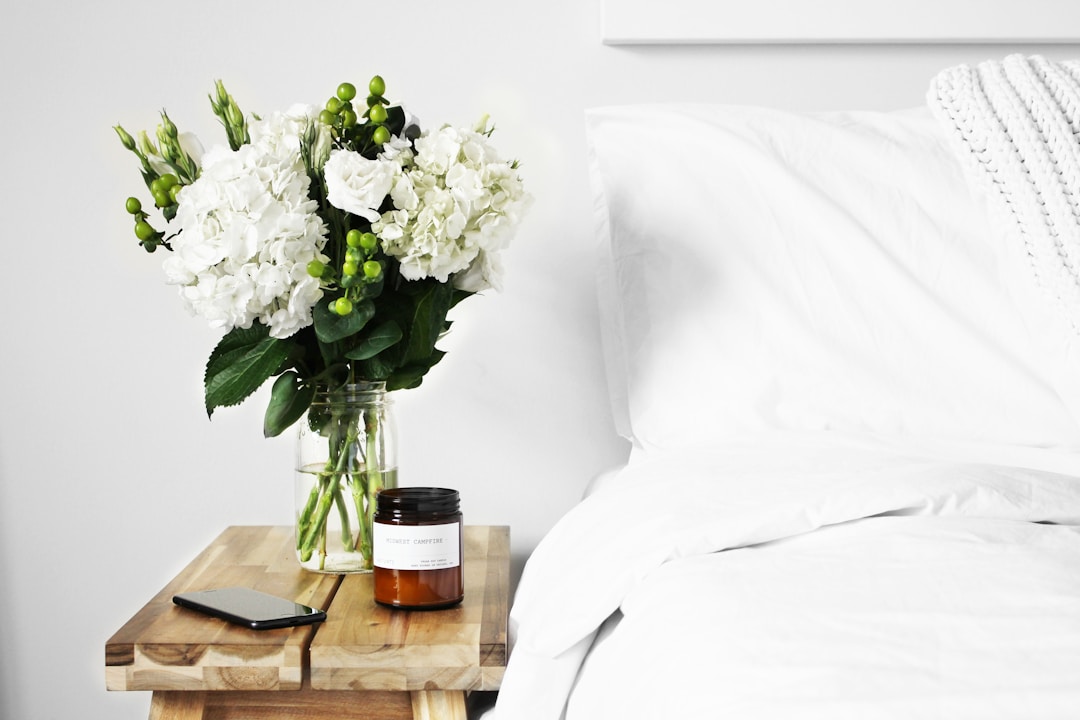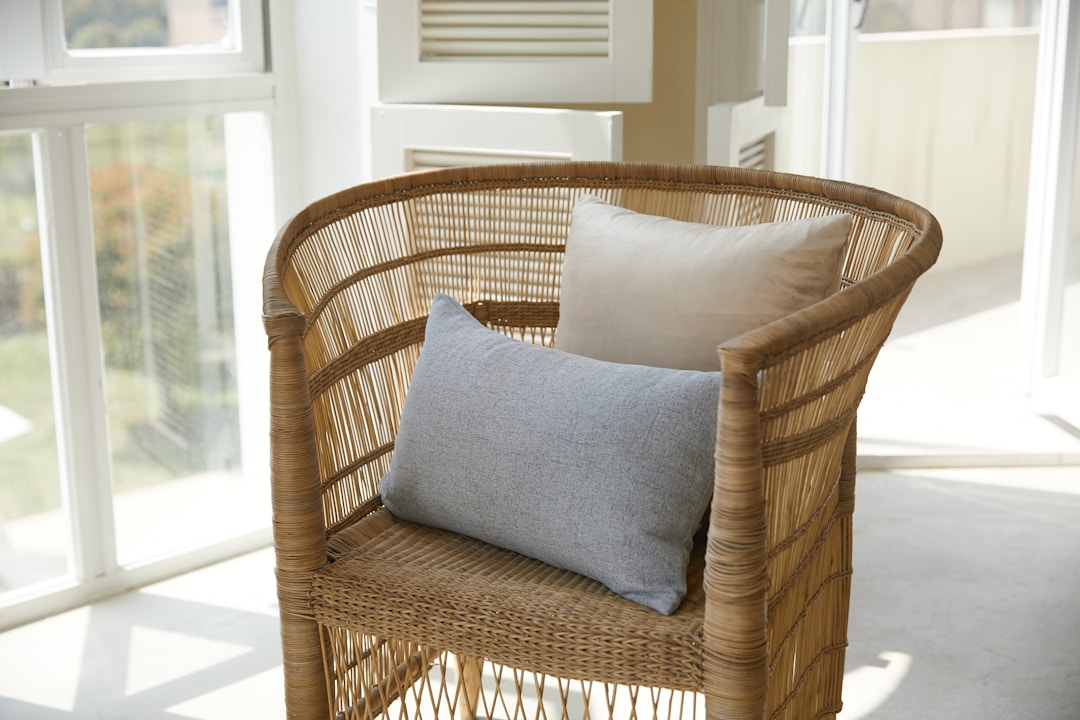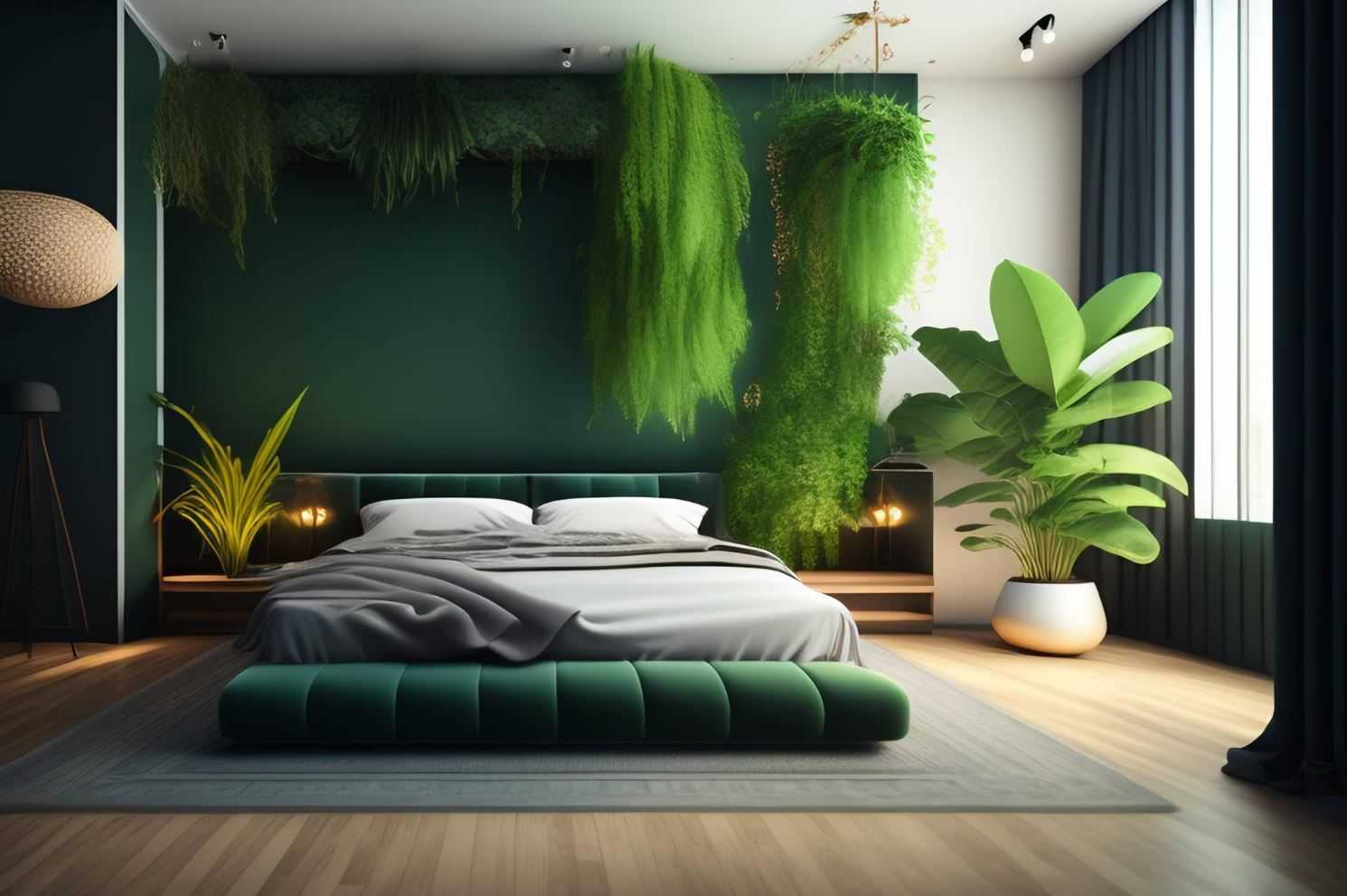The beach has a way of creating a calming and peaceful ambiance that many desire to recreate within their homes. What better place to start than your own personal sanctuary—your bedroom? This guide will provide you with the necessary tips and tricks to transform your room into a coastal paradise. Keep reading, as we’ll touch on great ideas for color schemes, furniture selection, beach-themed decor, textures, and when to best use coastal bedding.
The Importance of Bedding

Arguably the largest, most important piece of furniture in your bedroom is the bed, and choosing the right coastal bedding is fundamental to executing your beach theme. Colors for bedding should align with your overall color scheme but bear in mind that this is your chance to play with patterns and textures. Stripes, coral, and marine animal prints, as well as nautical motifs all lend themselves well to the coastal theme.
When it comes to material, your choice of bedding can be a great way to add additional texture to your room. Linen is a classic choice, evoking a casual, effortless feel, while cotton gives a softer, smoother texture. For added luxury, consider a cashmere throw or fluffy, woolen blankets. These textures not only add depth and dimension to your coastal bedroom but serve as practical, cozy elements as well.
How Color Plays a Role
Color is perhaps the most crucial element when designing a coastal bedroom. It sets the mood and dictates the entire ambiance of the room. When we think of the coast, we immediately see shades of blue, from the palest sky blues to deep navy, all representing the changing hues of the sea. An array of whites can be added to the palette to mimic the appearance of fluffy clouds or white sand beaches. Grey-green shades can channel the color of seagrass while neutral beige tones encapsulate the shade of driftwood.
Where you apply these colors is totally up to you and will depend on personal preference. However, for those wanting a light and airy space, using paler shades on the walls with darker or brighter accents through soft furnishings is a popular choice. The coastal style is all about relaxation, so stay clear of overly bright or fluorescent colors which can stimulate rather than soothe.
Choosing the Right Furniture

When it comes to selecting furniture for your coastal bedroom, think natural. A beach is a place of organic beauty, and your choice of furniture should reflect this. Choosing furniture made from materials like rattan, wicker, distressed wood, or white-painted pieces can help to achieve the beachy vibe. Keep lines clean and simple. Coastal design is about effortless style, so avoid overly ornate or gilded furniture which can seem too formal. You can shop online for coastal bedroom furniture, decor, beach bedding sets, and more when you visit Serena & Lily.
Furniture placement is essential, too. The coastal style is all about breeziness and openness. If your room size permits, keep pieces to a minimum and avoid blocking windows or other natural light sources. Remember, a spacious room lends itself better to a beach-like atmosphere. For smaller rooms, consider multi-purpose furniture that can double up on function while minimizing clutter.
Designing With Beach-Themed Decor
When furnishing your coastal room, adding nautical or beach-themed elements can enhance the overall coastal vibe. Consider incorporating elements that remind you of the seashore—seashells, driftwood, or nautical maps could serve as great accented pieces. Hang paintings or prints of beach scenes, or frame photographs from your favorite beach vacation. Natural accessories like a jute rug or grasscloth window treatments can also assist in creating more authenticity.
However, keep in mind to balance out your beach-themed pieces with more neutral elements. Going overboard may result in your room resembling a novelty beachside shop rather than a sophisticated coastal paradise. It’s best to opt for a more laid-back approach, where beach-themed pieces are accents, not focal points.
When it comes to your windows, less is more. Since natural light is such a crucial component of a coastal room, heavy drapes should be avoided. Opt for sheer and simple window treatments that allow the light to filter through beautifully, giving a nod to the beach’s open skies and endless horizons.
Incorporating Textures

Layering different textures is an effective way to recreate the feel of the beach in your bedroom. Consider the different textures you encounter on a beach—the roughness of the sand, the softness of sea foam, and the graininess of driftwood. You can replicate these feelings in your coastal room through your choice of materials in your textiles, the smooth, grainy wood of your furniture, and the rough feeling of natural accessories like sisal rugs or wicker baskets.
When it comes to bedding, the texture will create comfort and interest. Go for natural materials like cotton or linen that not only feel great but also have a more relaxed, crumpled look. Using throw blankets and cushions is another chance to incorporate more texture, adding layers of comfort and creating an inviting, cozy vibe.
For your floor, consider light wood or laminate flooring rather than carpet. A light, whitewashed floor can add a touch of rustic coastal appeal while rugs in natural materials, such as sea grass or jute, can add warmth and texture underfoot. Again, remember to stick to your chosen color palette.
Creating Space
Rooms with a beach-like atmosphere tend to feel light, airy, and spacious. If you’re dealing with a small room or one with limited natural light, there are tricks to creating an illusion of more space. Firstly, make sure to decorate with a light hand. While layering can add texture and interest to your coastal room, adding too many elements can crowd your space and make it feel cluttered.
Mirrors can be a great asset in smaller rooms. Not only do they create an illusion of more space, but they also reflect light, making your room seem brighter. Placing a mirror opposite a window can help bounce light around the room. Another trick is to use light, airy fabrics for your window treatments, allowing as much natural light to enter the room as possible.
Finally, organization is key in maintaining a spacious and decluttered room. Hidden storage options like under-bed storage or built-in closets can keep your room tidy and maintain the minimalist, breezy feel that’s characteristic of the beach.
Ambiance and Lighting

Ambient lighting is an integral aspect of the coastal room, playing an essential role in creating a soothing and restful environment. Natural light is always the best source of lighting, but when it’s unavailable, you can still achieve a soft, diffused light reminiscent of a hazy beach morning. Opt for multiple light sources, like table lamps, wall sconces, or a pendant light with a low-wattage bulb. The goal is to create a warm, inviting space that’s well-lit without being harsh or glaring.
Sea-inspired lamp bases or shades can also add some coastal flair to your lighting choices. Be creative and use materials reminiscent of the beach. Think glass lamps filled with seashells, driftwood lamp bases, or lampshades with sea-life motifs. Just be sure to keep everything in line with your colors and overall decor to maintain a cohesive, beach-inspired theme throughout your bedroom.
In conclusion, designing a coastal room takes a mix of the right color palette, carefully chosen furniture and decor, layered textures and patterns, a clever use of space, the right lighting, and well-chosen bedding to create the perfect seaside retreat. Remember, your room should be a place of relaxation that evokes a calming, serene beach atmosphere. Stay consistent with your chosen coastal theme and ensure every item within your room works cohesively together, and you’re sure to create a beach-inspired bedroom that you’ll love.




